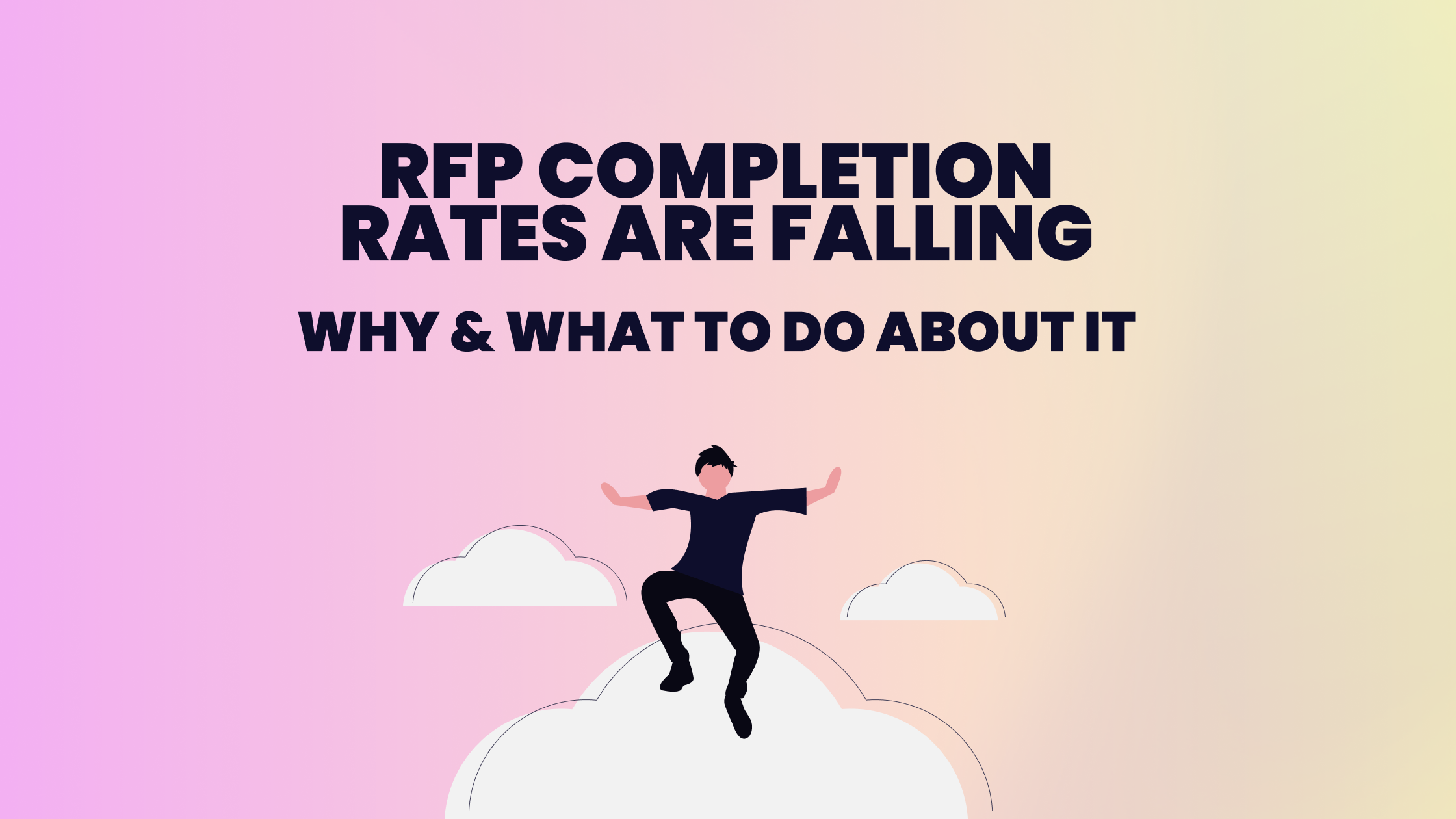Submitting a compelling tender request can make the difference between winning or losing a major contract. Whether you’re bidding for a government contract or a private-sector opportunity, writing an effective Request for Tender (RFT) is a skill that can drive real business growth.
Who is this for?
If you’re a proposal manager or business development lead at a B2B company bidding for public or private contracts and struggling with unclear requirements, tight deadlines, or inconsistent tender responses, this guide will help you structure, write, and deliver winning RFTs that stand out and drive real growth.
Understand the Tender Requirements
Read the Full Tender Document Carefully
Don’t skim. Every tender document includes critical details about what the buyer is looking for, including deliverables, timelines, compliance criteria, and submission requirements.
Identify Evaluation Criteria and Scoring
Look for how the tender will be evaluated (price, technical solution, experience, or added value?) and allocate time and content effort according to the weight of each section.
Clarify Ambiguous Instructions Early
If anything in the tender document is unclear, seek clarification as early as possible. Missing the question by guessing is a common and costly mistake.
Plan and Structure Your Tender Request
A well-structured tender not only reads better but also performs better during evaluations.
Follow the Required Format and Order
Many buyers specify how they want the RFT formatted. Stick to the exact structure to avoid being disqualified on a technicality.
Create a Logical Flow of Information
Introduce your company and approach clearly before diving into detail. Use clear headings, bullet points, and tables where appropriate.
Allocate Space Based on Scoring Weight
Spend more time and words on high-weighted questions. If 60% of the score is based on technical delivery, make that section count.
Use Visuals to Support Complex Ideas
Flowcharts, timelines, and diagrams can help evaluators understand your solution quickly and clearly (especially for complex bids).
Collaborate and Kick Off the Writing Process
Tender writing is a team sport. Set up your project right from the start.
Assign Roles and Responsibilities
Who will write, who will review, who will compile and submit? Define the team early and make responsibilities clear.
Set Internal Deadlines and Milestones
Work backwards from the submission deadline. Plan in time for reviews, approvals, and contingency buffers.
Establish Communication Channels
Whether it's Slack, Teams, or email you have to agree on how the team will communicate, escalate issues, and track progress.
Write a Clear and Persuasive Tender
The actual writing must be focused, client-centric, and easy to score.
Answer the Question Directly
Don’t bury the answer in a wall of text. Start with a direct response, then add explanation and evidence.
Use Simple and Professional Language
Avoid jargon and overly complex language. Write for clarity, not to impress.
Support Claims with Evidence and Data
Include metrics, case studies, testimonials, and references where allowed. Proof beats promises every time.
Tailor Your Response to the Client’s Needs
Re-use content where it makes sense, but always customise your answer to reflect what this specific buyer cares about.
Review, Edit, and Finalize the Tender
Don’t let typos or inconsistencies derail your submission.
Involve Multiple Reviewers for Feedback
Use both subject matter experts and people outside the project to catch errors and suggest improvements.
Prioritize Compliance and Clarity
Ensure every requirement is met, and that your proposal is easy to follow and evaluate.
Check for Consistency in Terms and Names
Use consistent terminology, job titles, and company names throughout. Inconsistencies can confuse and raise red flags.
Avoid Common Tender Writing Mistakes
These include vague answers, recycled content that doesn’t fit, missing attachments, and poor formatting.
Key Takeaways & Wrap Up
Writing a winning tender request takes preparation, teamwork, and clear communication. By following a structured approach, aligning with the buyer’s priorities, and presenting your case persuasively, you can dramatically improve your success rate. Remember:
- Read the entire tender document carefully and understand what’s being asked.
- Structure your response according to the buyer’s instructions and scoring criteria.
- Tailor every answer to the buyer’s specific needs and priorities.
- Use clear, concise, and professional language throughout.
- Support your claims with evidence, data, and real-world examples.
- Review and edit thoroughly to ensure compliance, clarity, and consistency.
FAQs
What is a tender request?
A tender request is a formal offer submitted in response to a Request for Tender (RFT), outlining how your company will meet the buyer’s needs.
What should a tender request include?
It should include a cover letter, company information, responses to all mandatory questions, pricing, and any supporting documents or case studies.
How long should a tender request be?
There’s no one-size-fits-all, but it should be as long as necessary to address all requirements clearly and concisely—without padding.
Can I reuse past tender responses?
Yes, but always customise each response to the specific buyer, requirements, and evaluation criteria.
What’s the biggest mistake in writing tenders?
Failing to directly answer the question or misinterpreting what’s being asked.



